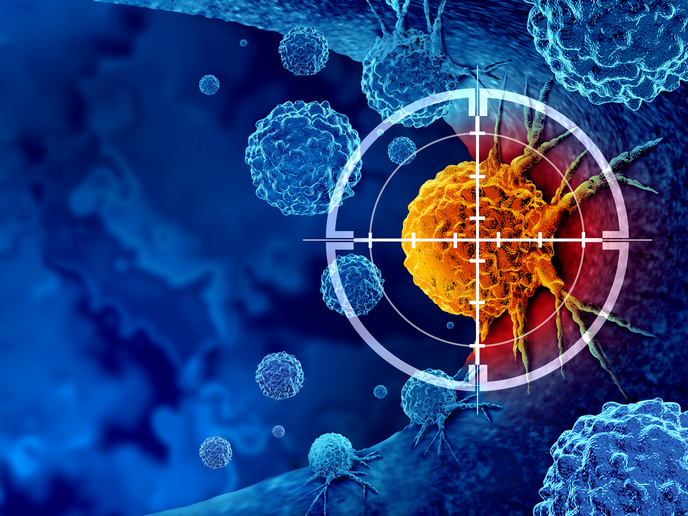Novel treatment for tuberculosis
An international consortium ′Unraveling the molecular mechanism of nitrosative stress resistance in tuberculosis′ (NOstress) explored the role of the truncated haemoglobin N from M. tuberculosis as a defence mechanism against nitric oxide (NO) produced by the immune system. The contribution of this mode of action in disease latency may have important ramifications for generating novel anti-mycobacterial agents. However, an efficient agent is largely dependent on its mechanism of action, which in turn depends on the validation of suitable biological targets. Based on this, NOstress aimed to develop therapeutic approaches by identifying how M. tuberculosis resists the damage caused by reactive nitrogen species also known as nitrosative stress. NO produced by the inducible nitric oxide synthase in macrophages — the immune cells responsible for controlling bacterial growth — has antimicrobial activity and seems to be instrumental for M. tuberculosis clearance. However, latent M. tuberculosis seems to evade the detrimental effects of NO and ′hide′ inside macrophages. The working hypothesis of the NOstress project scientists was that a decrease in the NO resistance of the microorganism should significantly diminish the capability to rest in latency. To this aim, it was vital to understand the role of the M. tuberculosis truncated haemoglobin (trHbN) species in NO detoxification. Project partners set out to dissect the molecular mechanism that underlies the NO detoxification activity of trHbN, unravelling the relationship between structure, dynamics and functional role of the protein. It is believed that trHbN converts NO to nitrate by using a dual-path ligand migration mechanism that mediates the diffusion of O2 and NO to the haem. By analysing mutants corresponding to residues expected to play a crucial role in the mechanism of ligand migration, scientists examined sequence-to-structure and function relationships for selected trHbs. Furthermore, the molecular system that allowed the protein to start a new NO detoxification cycle was identified. Collectively, the work by the Nostress initiative provided important insight into the mechanisms employed by M. tuberculosis for immune evasion. Additionally, it contributed to the definition of new therapeutic approaches under the framework of a multi-target therapeutic strategy for tuberculosis.







